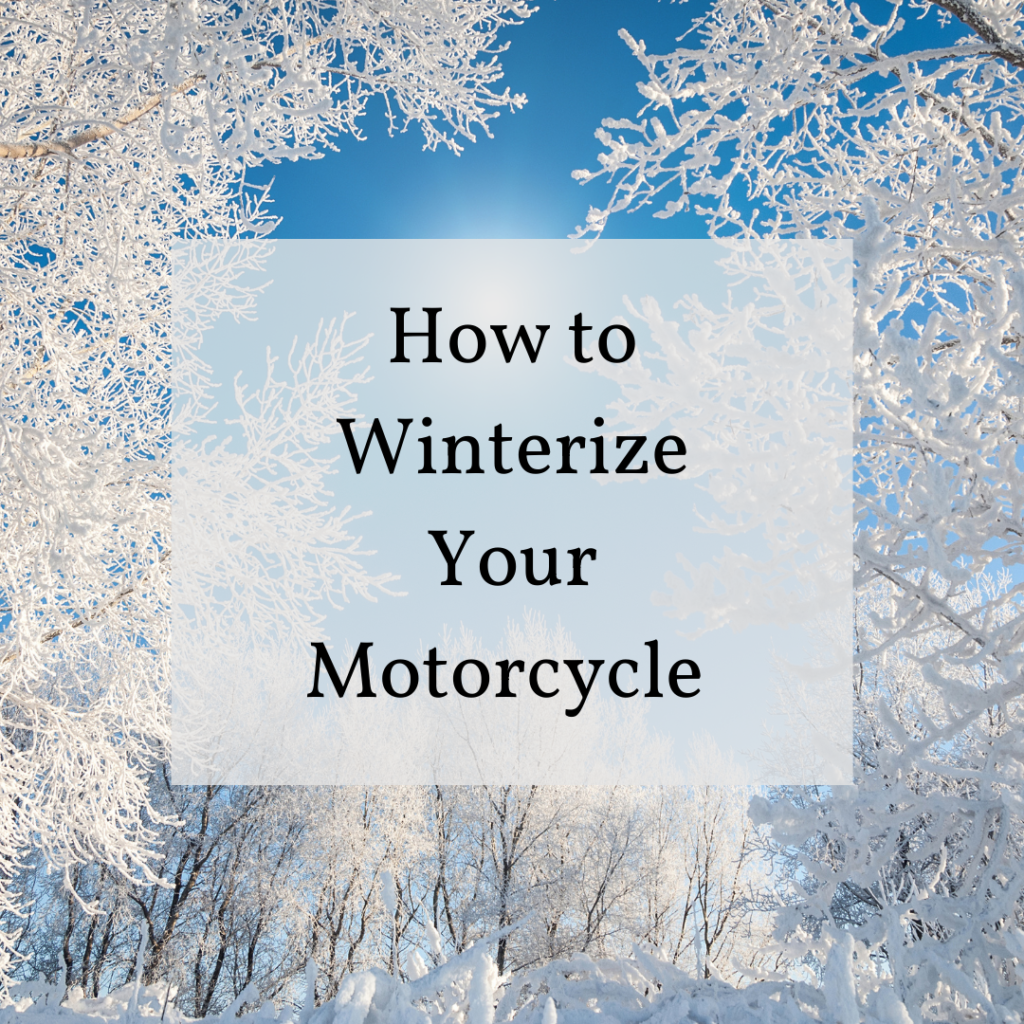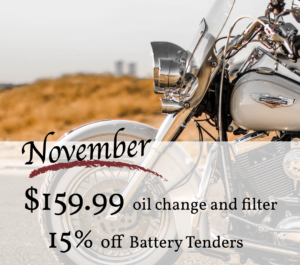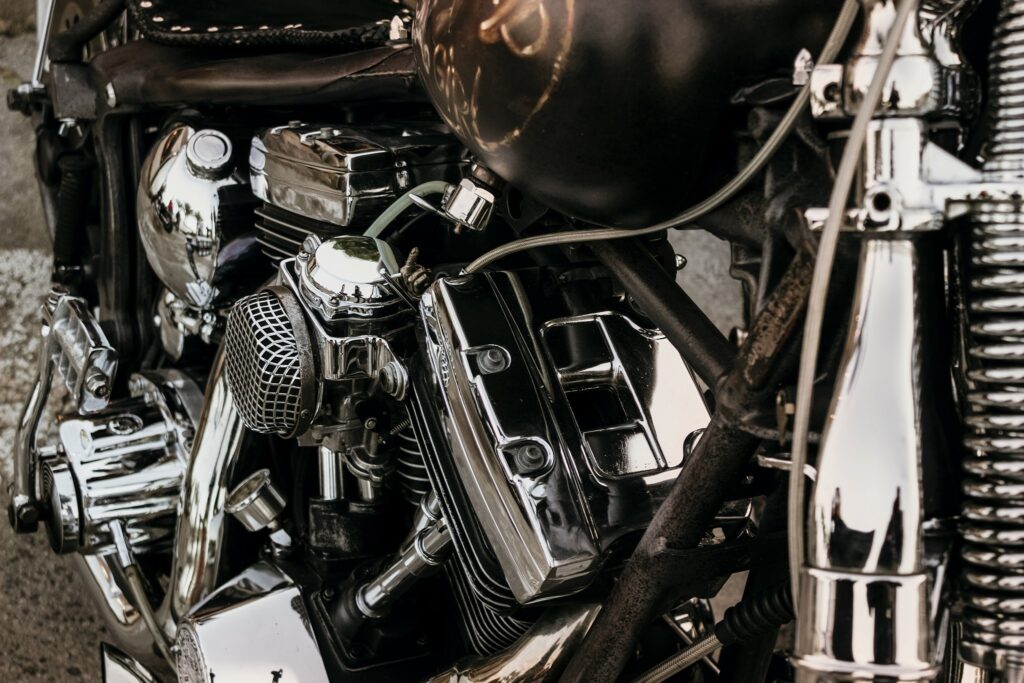When you purchase a new or used motorcycle, the suspension on your bike should be customized to you and your riding needs. The biggest mistake people make with their motorcycle suspension is using universal weight ratings. These are based on the average sized rider and the maximum amount of weight the bike can hold. But what do you need for your bike? Is it a comfortable ride? If not, let’s talk more about what you should consider when adjusting your motorcycle suspension for a smoother ride.
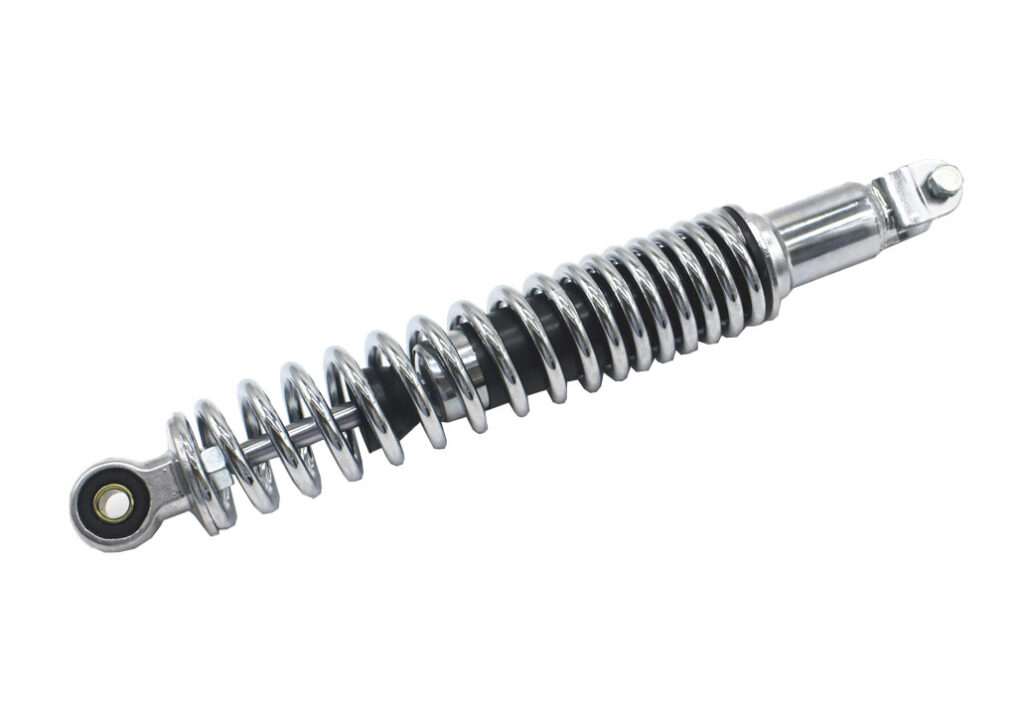
Suspension Basics
The problem with stock motorcycle suspension is it’s either too rigid or too soft, ultimately because it’s not adjusted to you and your riding style. When you want a more comfortable ride that is smoother over bumps in the road, you should start with a set of shocks that are made for your weight. What is your weight? It’s the total weight of you and your passenger, if you ride with two people most of the time. It’s also important to think about the dampening of the shock. Can it be adjusted? How hard is it to adjust? Additionally, is this shock a brand you have heard of? These are questions you should consider to ensure you’re taking all factors into account.
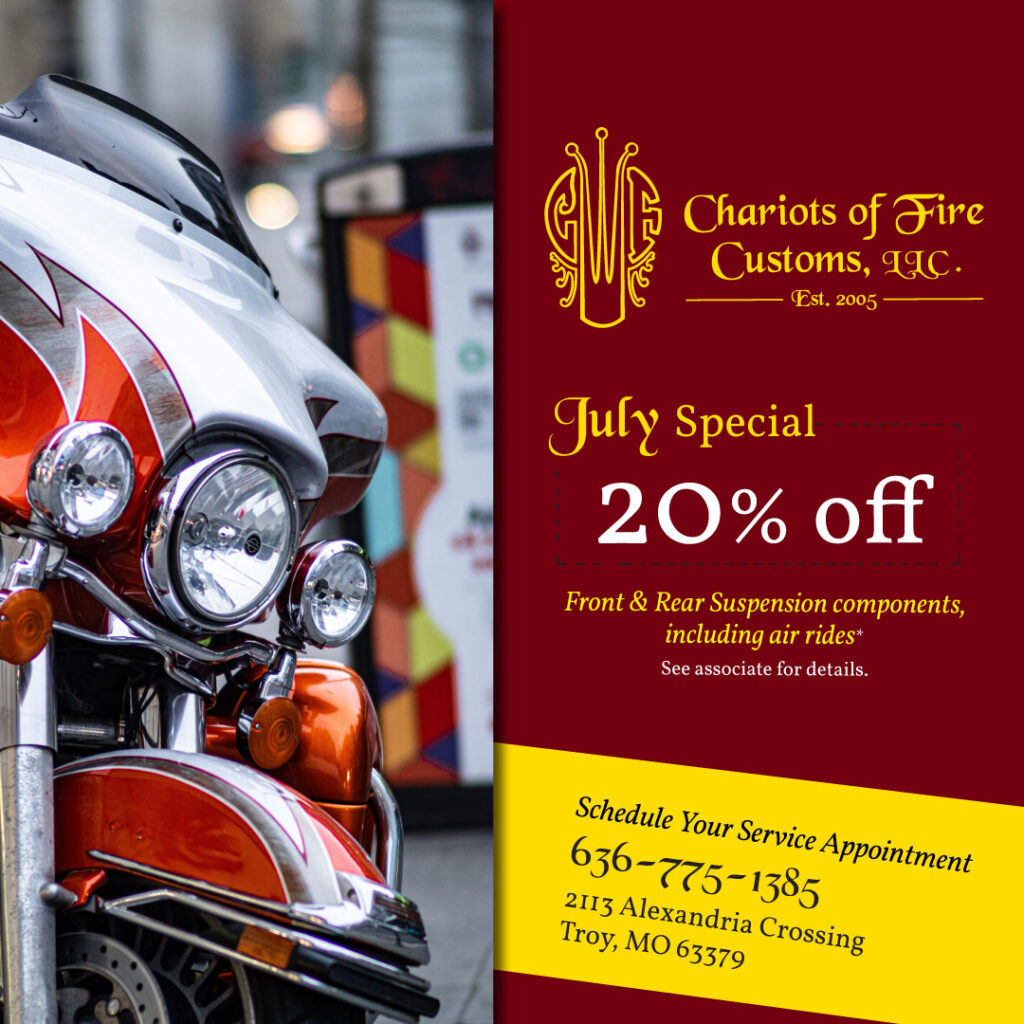
Shocks 101
Shocks control the action of the spring. When you combine the spring and the shocks, they enable the suspension to move so the energy from bumps in the road are absorbed by the shock instead of your bike.
If you are looking for a recommendation for shocks, Jan and I will tell you Super Shox are what we have found to be the best. The reason we like these shocks is because they easily adjust by hand allowing for precise customization for every bike. They are ordered for the weight of the rider(s) and their gear. Also, these shocks have a 50/50 split where they travel the same distance both up and down. Finally, all Super Shox are manufactured, assembled and tested in Grayslake, Illinois.

No matter what shock you look at, if you keep these questions in mind you will find a pair that will match your riding style and fitment. Give us a call at (636) 775-1385 to take advantage of our July special for 20% off front and rear suspension components, including air rides.


